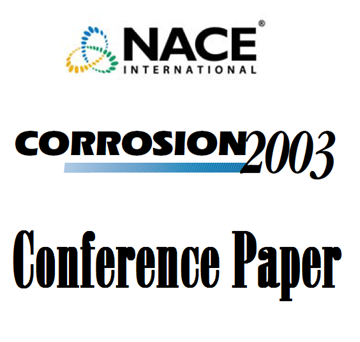Search
04044 Performance of High Potential Magnesium Anodes: Factors Affecting Efficiency
Also Purchased
02111 NEW CP CRITERIA FOR ELIMINATION OF THE RISKS OF AC CORROSION AND OVERPROTECTION ON CATHODICALLY PROTECTED PIPELINES
Product Number:
51300-02111-SG
ISBN:
02111 2002 CP
Publication Date:
2002
$20.00
04192 Integrity Assessment of Pipeline Networks Through Close-Interval Potential Survey
Product Number:
51300-04192-SG
ISBN:
04192 2004 CP
Publication Date:
2004
$20.00
03710 INTERFERENCE TESTING AND CASE HISTORIES
Product Number:
51300-03710-SG
ISBN:
03710 2003 CP
Publication Date:
2003
$20.00




